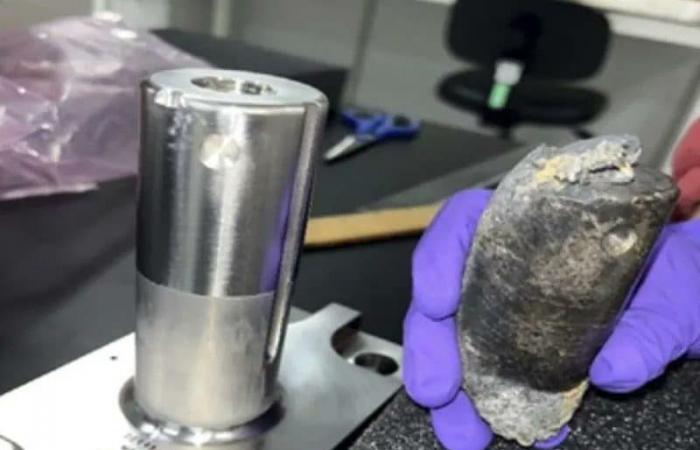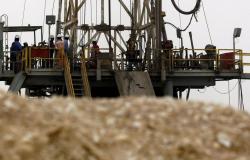The Otero family of Naplesin Florida, sued NASA seeking compensation from 80 000 $ for damage caused by space debris from the International Space Station that the8 mars 2024 it punctured the roof and floor of their house, fortunately without injuring anyone. The piece of “space junk” was a 720g, 10cm long metal cylinder, deformed and “burned” by atmospheric re-entry. After an analysis carried out at NASA’s Kennedy Space Center in Florida, the US space agency confirmed that it was part of the equipment used in the mars 2021 for the replacement of some batteries of the orbital outpost. The object was ejected from the ISS with a cargo of approximately 2600 kgintended to deorbit and burn up completely in the atmosphere due to friction on March 8, 2024, with a final fall point in Gulf of Mexico. Unfortunately, the debris that fell through the roof of the Oteros survived unexpectedly.
The story takes place precisely at the time when astronauts aboard the International Space Station were ordered to shelter in their capsules because a Russian satellite was no longer operational, Resource-P1had started to lose debris in an orbit about 50 km lower than that of the ISS. The alarm then went off and nothing happened, just as no one was injured on March 8 in Naples, but it is clear that the risks associated with “space junk” are increasingly pressing, as is the need to find solutions.
Controlled reentries into the atmosphere and space debris that passed through the roof of the house in the USA
Indeed, atmospheric yields are established on the basis of complex physical models and engineering that take into account the chemical composition of the materials, their shape and the trajectory of the “space junk” released. These are therefore not uncontrolled re-entries, such as those of the Long March rockets used by the Chinese space agency to build the Tiangong space station or the one that recently occurred for the European ERS-2 satellite, but controlled re-entries with an orbit established on the basis of model predictions. If these predict that the material will not burn up completely in the atmosphere, for example, the landing can be arranged to take place in safe locations, mainly the Nemo Point in the Pacific Ocean (the most isolated point on the planet). Clearly, in this case, something went wrong, and NASA’s studies will be helpful in making subsequent returns safer. NASA engineers are working to understand why the debris didn’t completely burn.
Space Waste Risks: The Need for a Solution
However, the Otero family affair puts the spotlight back in the spotlight concerns linked to the space debris that increasingly clutters low Earth orbit. It is no coincidence that the Otero family’s lawyer, Mica Nguyen Dignemotivated the complaint by explaining that “space debris is a real and serious problem due to the increase in space traffic in recent years.” NASA has six months to respond to the complaint and the request for compensation, but the case highlights very serious questions about the responsibility of space agencies and the strategies needed to mitigate these risks as much as possible. Currently, many space agencies are working on various projects for future missions. waste removal to remove space debris from low orbit.






